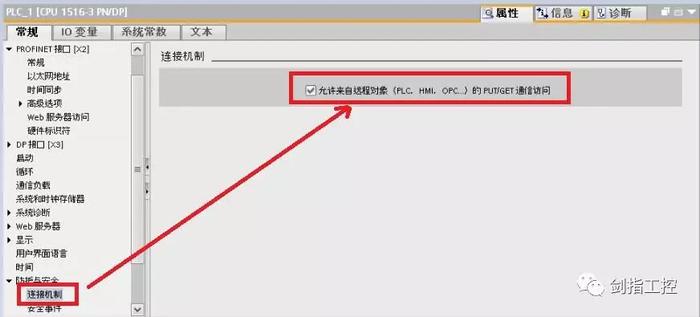
在 gxwork2 程序中给代码添加跳行有以下几种方法:
1. 使用换行符
// 示例代码
int main() {printf("Hello\nWorld");return 0;
}
换行符('\n')会在字符串中强制换行。
2. 使用 printf 函数
// 示例代码
int main() {printf("Hello\n");printf("World");return 0;
}
`printf` 函数可以打印格式化字符串,其中 `'\n'` 表示换行。
3. 使用 cout 对象
//示例代码 include`std::endl` 是 `iostream` 库中的一个特殊字符序列,表示换行。int main() {std::cout << "Hello" << std::endl;std::cout << "World";return 0; }
4. 使用 endl 运算符
// 示例代码 include`endl` 运算符等效于 `std::endl`。int main() {std::cout << "Hello" << endl;std::cout << "World";return 0; }
5. 使用宏
// 示例代码 include宏可以用于定义常量或字符串,例如 `NEWLINE` 宏用于表示换行符。define NEWLINE '\n'int main() {printf("Hello" NEWLINE "World");return 0; }
6. 使用转义序列
// 示例代码
int main() {printf("Hello\\nWorld");return 0;
}
转义序列(例如 `'\n'`)可以用于表示特殊字符。
7. 使用字符串字面量
// 示例代码
int main() {char str = "Hello\nWorld";printf("%s", str);return 0;
}
字符串字面量可以包含换行符。
8. 使用多行字符串
// 示例代码
int main() {char str ="Hello\n""World";printf("%s", str);return 0;
}
多行字符串允许在代码中跨多行编写字符串。
选择适合你的方法
选择哪种方法取决于你的具体需求和偏好。以下是一些指导原则:对于简单的字符串,使用换行符或 `printf` 函数通常是最方便的。对于更复杂的输出格式,可以使用 `cout` 对象或 `endl` 运算符。如果你需要跨多行编写字符串,可以使用多行字符串。通过遵循这些技巧,你可以在 gxwork2 程序中轻松地给代码添加跳行。本文原创来源:电气TV网,欢迎收藏本网址,收藏不迷路哦!








添加新评论